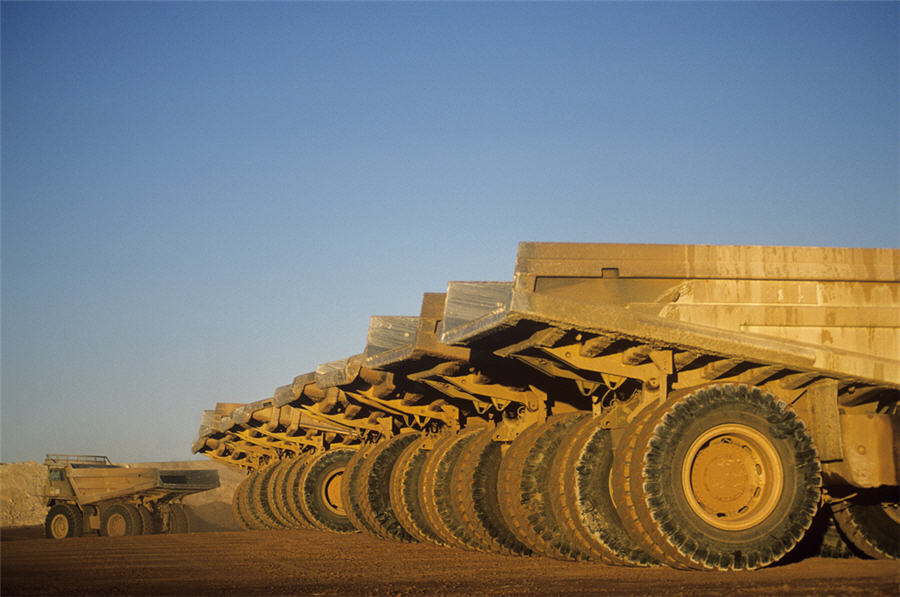
Iron-ore surged past $100/t as supply woes in Brazil coincide with sustained, robust demand in top steel producer China.
Benchmark spot prices climbed to $101.05 on Friday as Brazil, the world’s second-largest exporter, saw a surge in coronavirus infections, stoking worries that the pandemic may curb local supply. In April, miner Vale cut its annual shipment guidance on bad weather and the virus’s impact on operations. Meanwhile, port stockpiles of iron-ore in China have continued to decline.
The industrial staple has prospered in 2020 even as the coronavirus pandemic hammered industrial activity in many economies, although Bloomberg Intelligence has been among observers warning that market may flip to a surplus in the second half. In addition to Vale, the higher prices will bolster returns at BHP Group, Rio Tinto Group and Fortescue Metals Group.
The early resumption of industrial operations in China has fueled a recovery in downstream activity and steel mills continue to increase output
The early resumption of industrial operations in China has fueled a recovery in downstream activity and steel mills continue to increase output, China International Capital Corp. analysts including Ma Kai wrote in a note.
“Iron ore will fundamentally maintain a tight balance this year,” with supply gradually recovering from the third quarter, they said.
Benchmark spot prices are at the highest since August. Futures in Singapore were at $97, heading for their biggest ever monthly gain. On the Dalian Commodity Exchange, futures have rallied 23% in May.
Credit Suisse Group recently estimated that the market is now at “peak tightness,” a condition that will probably persist until July. Bloomberg Intelligence expects a 34-million-ton surplus in the second half on higher supply and stagnating demand, flipping from a 25-million-ton deficit in the first half. That’s throwing a spotlight on whether the price gains are sustainable.
“There remain doubts” as to the strength of the rally over the next one to three months, said Hui Heng Tan, analyst at Marex Spectron Group. A pickup in supply in Australia and Brazil is expected to gather pace, although disruptions in the South American country will be a factor to watch in the second half, he said. That increase in volumes could potentially coincide with when China exits its peak construction period with elevated steel stockpiles, he said.
(By Annie Lee and Krystal Chia)
Comments